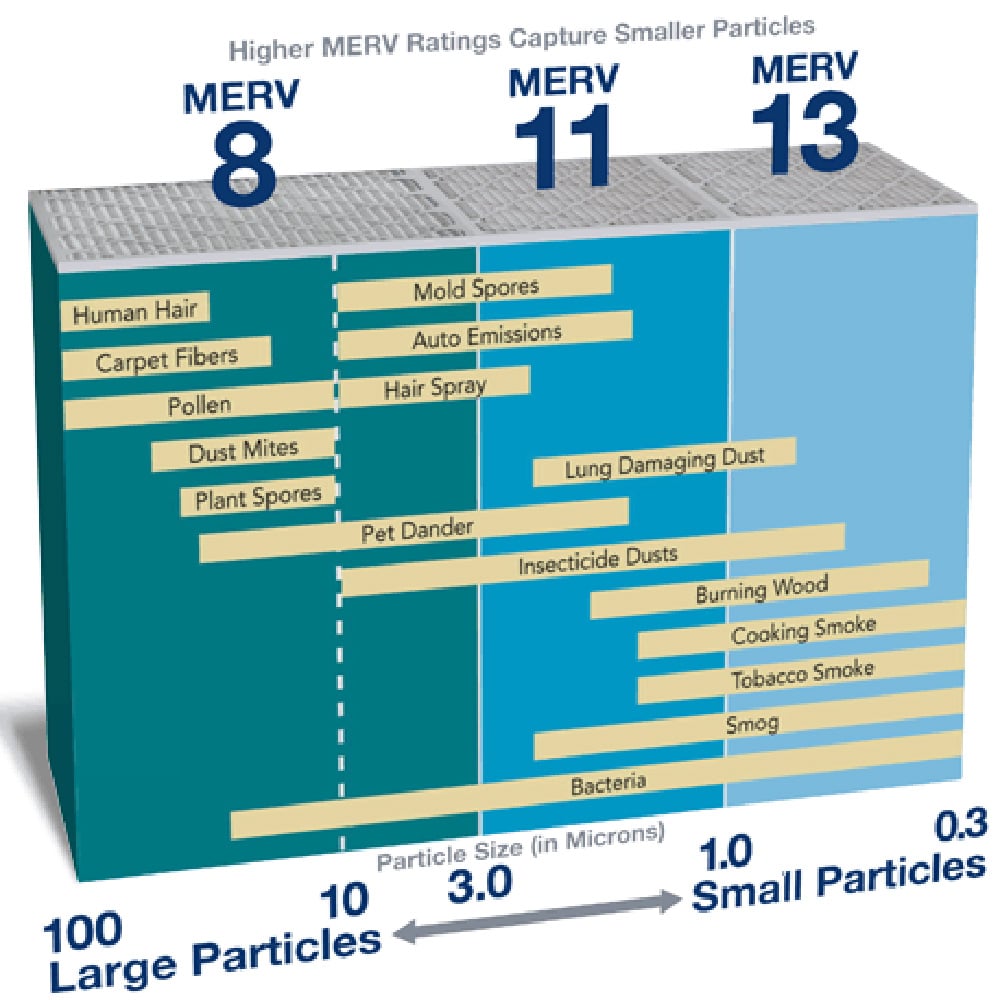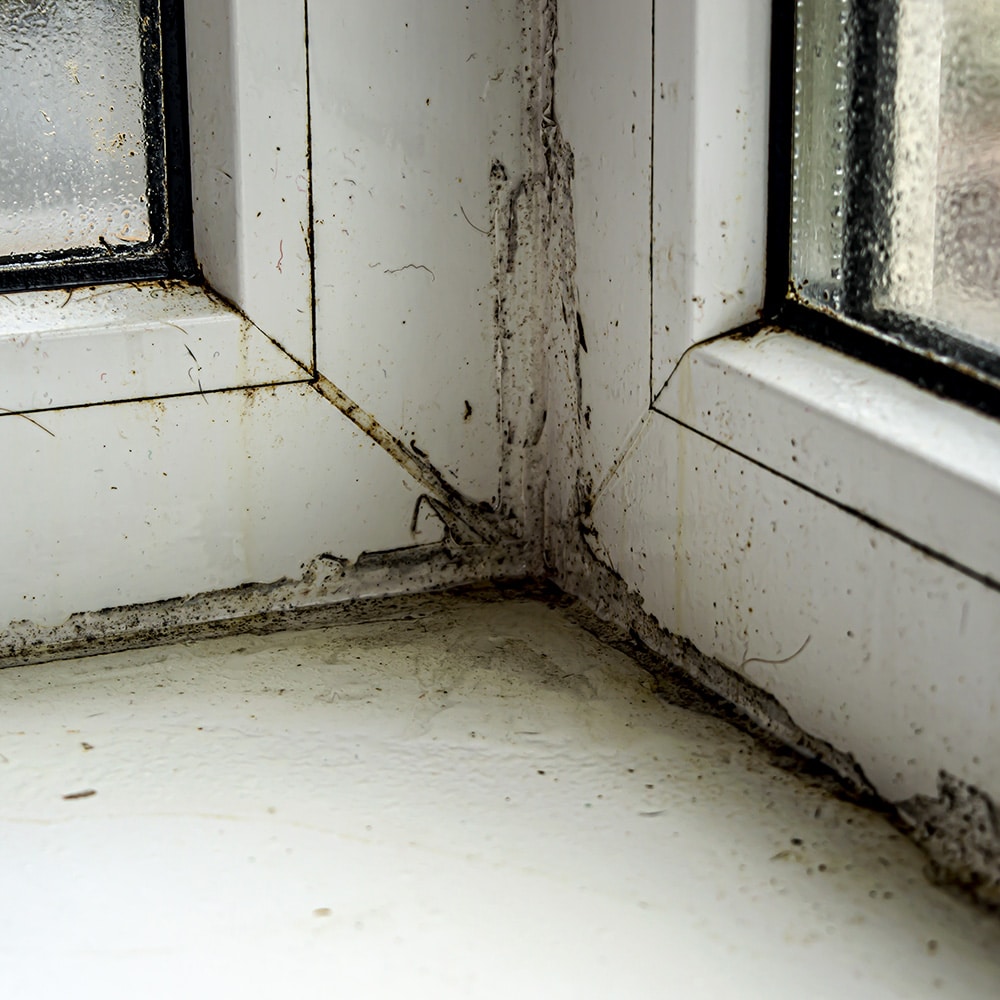

Ways to Improve Indoor Air Quality
By Carly Svenvold, PE, LEED AP BD+C
It comes as no surprise that it’s healthy to spend time outside. Ongoing research points increasingly toward the physical and mental benefits of spending time outdoors, especially in nature. But sometimes, that’s challenging, or even impossible. Even without a worldwide pandemic, the average person spends 87% of their time in buildings and an additional 6% of their time in vehicles—that’s a whopping 93% of every day spent indoors.
Given recent stay-at-home orders and social distancing measures associated with COVID-19, we have been spending even more time than usual indoors. All this time inside can have a negative impact on our lives both mentally and physically. If you’re feeling run down or downright sick, it may be time to take a closer look at your indoor living environment.
Generally speaking, markers of an unhealthy indoor environment manifest themselves as physical symptoms. Common ailments may include headaches, upper respiratory irritation, itchy skin, dizziness or nausea, and fatigue. These usually stem from a lack of fresh air inside the building and a multitude of indoor contaminants. However, if these symptoms are extreme, you may have a “sick building.”


Three Steps to Improve Indoor Air Quality
If you are experiencing any of the symptoms mentioned above, consider these tips for increasing the health of your building.
Increase Ventilation
Ventilating a building brings in the fresh air and removes airborne contaminants that accumulate inside a building. These contaminants are most often carbon dioxide and occupant-generated particulate matter (in other words, dead skin and airborne moisture), volatile organic compounds (VOCs) off-gassed from adhesives and cleaning chemicals, and even mold spores. This can be done by simply opening a window when outdoor conditions are favorable or ducting fresh air directly to your HVAC system.
Replace or Upgrade Filters
Best practices suggest air filters on mechanical equipment should be replaced twice a year, but doing so more often can improve indoor air quality while decreasing energy bills. Consider replacing your filters or even upgrading to a higher-quality filter. Start by looking for the highest MERV (Minimum Efficiency Reporting Value) rating compatible with your filter rack and furnace fan. The higher the MERV rating, the higher the level of filtration, and the fewer harmful contaminates that reach your airstream. Though you cannot completely filter out viral pathogens, you can eliminate most dust, dander, and other allergens.
Remove Potential Contaminants and Allergens
Below are a few items to be aware of when attempting to remediate contaminants and allergens:
- Dust and debris can collect in ductwork, especially when connected to floor registers. Consider a duct cleaning service, or do it yourself.
- Mold is a common allergen and can be destructive in the built environment. If you suspect the presence of mold, consider working with a professional testing service to assess the issue and mitigate it and its root cause as soon as possible.
- Remove VOC contaminant sources. Common sources include craft materials, office printing supplies, household cleaners, solvents, and air fresheners. If you cannot eliminate hazardous materials, store them in a dedicated space, preferably with an exhaust fan. Be sure to follow all hazardous chemical storage requirements. Refer to EPA guidelines if you want to learn more about VOCs.
As we transition to our “new normal,” some habits formed, such as staying indoors more often, will likely stick. Now, more than ever, it is especially important to make sure your indoor environment isn’t what’s making you sick.


